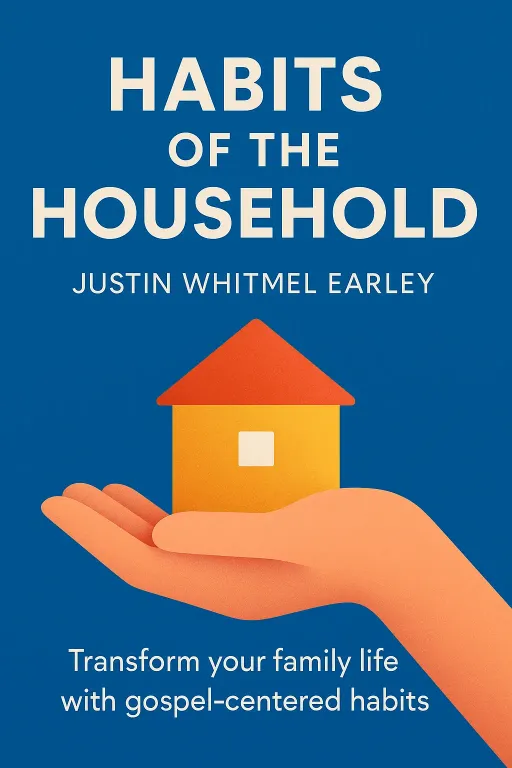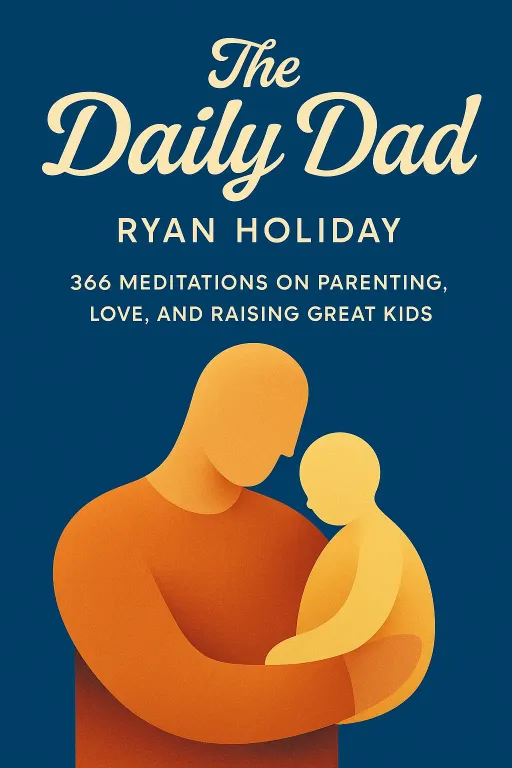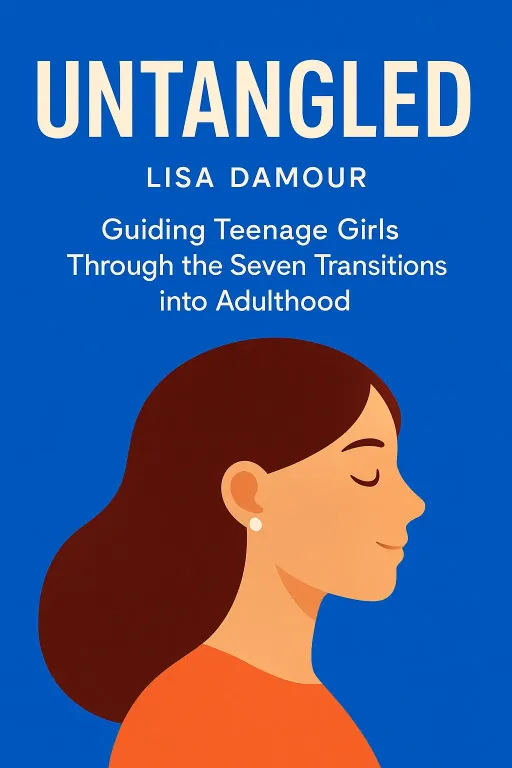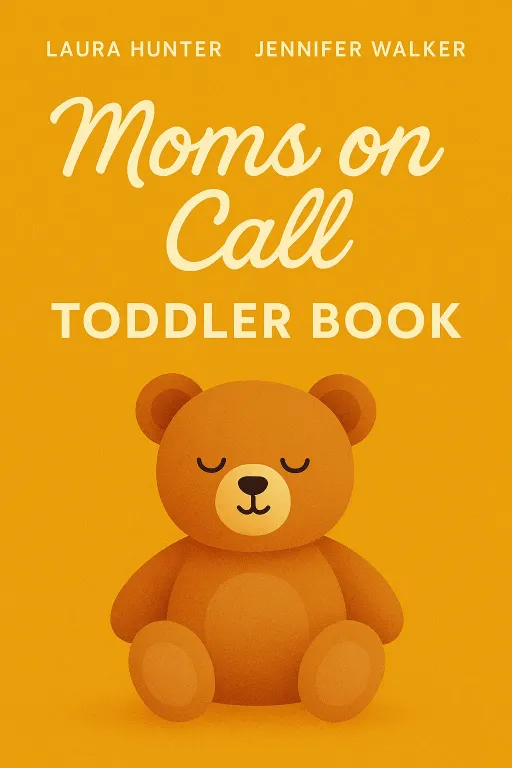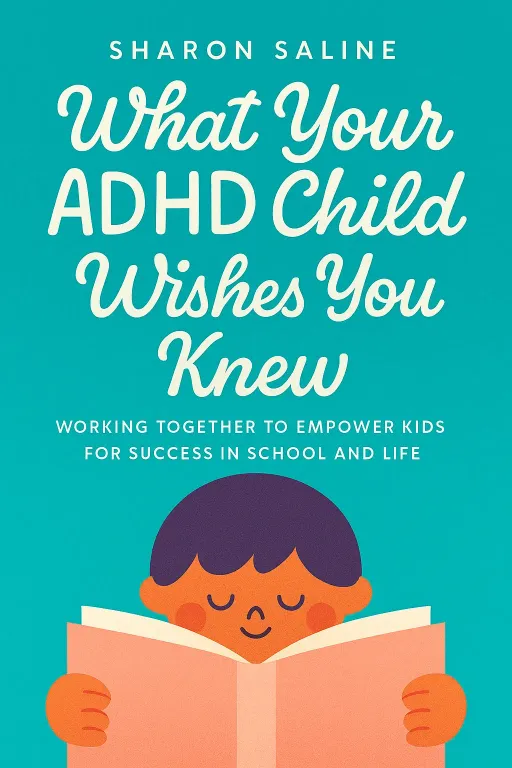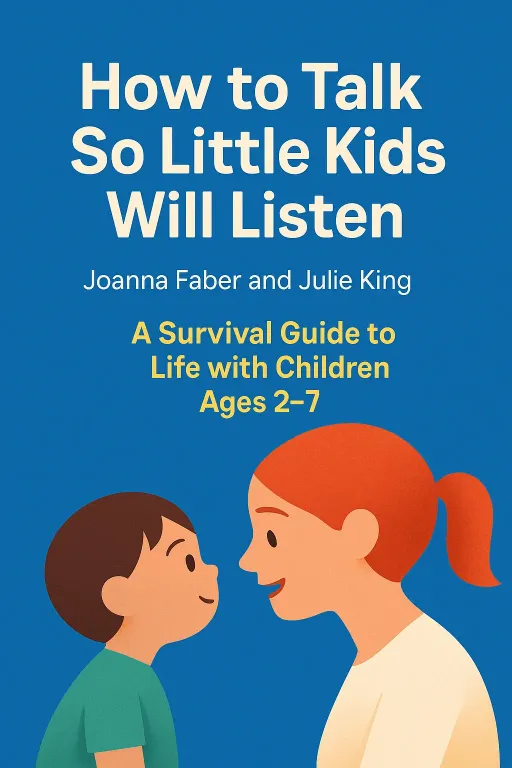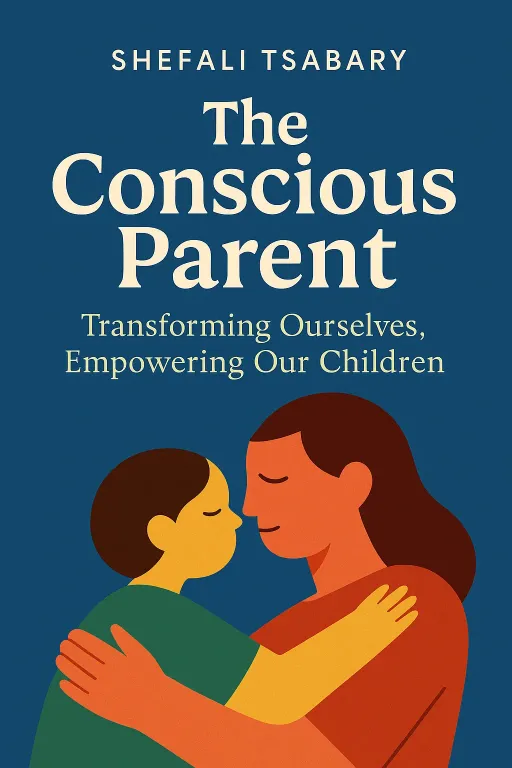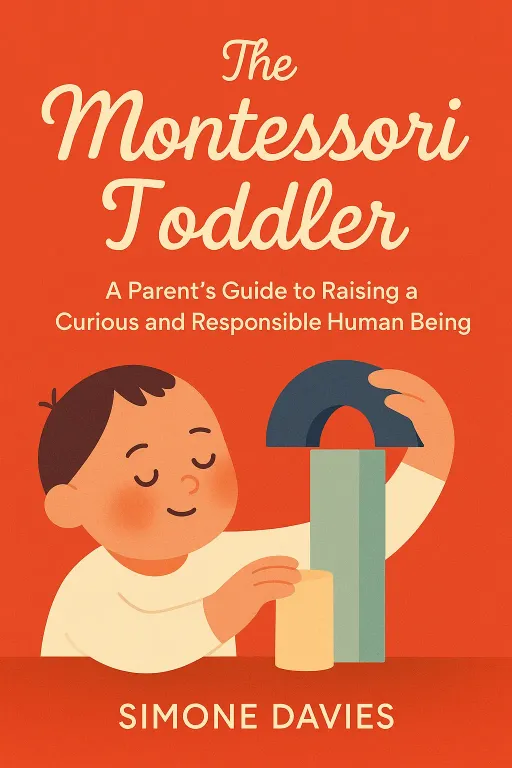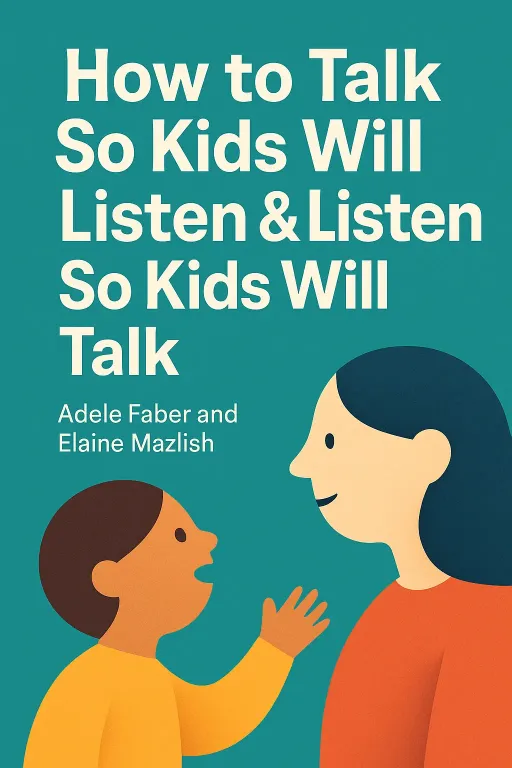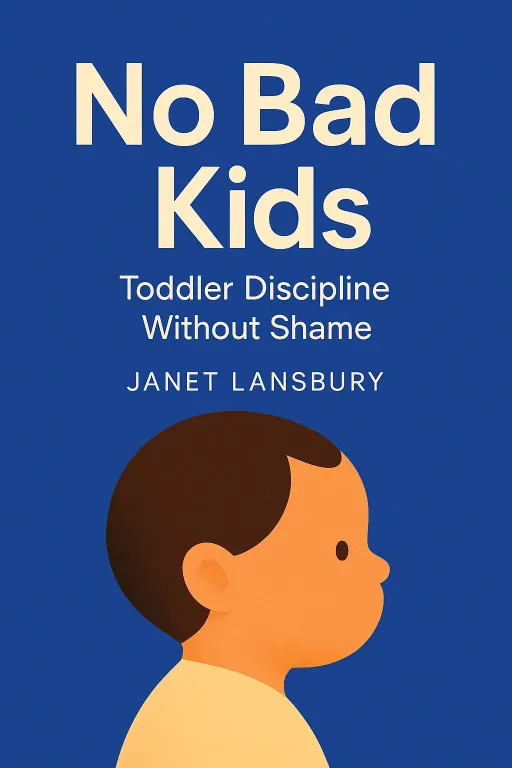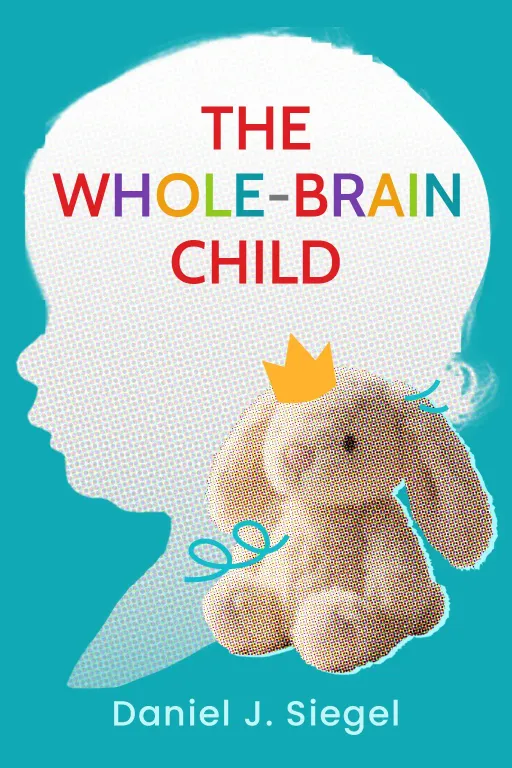
The CEO of the Brain: A Growth Strategist's Guide to Parenting
10 minGolden Hook & Introduction
SECTION
Nova: Susan, as a Head of Growth, you spend your days designing systems for success. But what if the key to surviving a toddler tantrum wasn't just distraction, but architecture? What if we could actually architect our child's brain for resilience?
Susan: That’s a fascinating way to put it. Architecture implies a blueprint, a strategy. It reframes parenting from a series of reactive fire-drills to proactively building a structure that's designed to be sound and resilient. As a new mom, that’s an incredibly appealing idea. It feels less about just surviving the moment and more about building for the future.
Nova: Exactly. And that is the powerful core idea behind the book we're diving into today, "The Whole-Brain Child" by Daniel Siegel and Tina Payne Bryson. It gives parents that very blueprint. So today, we'll explore this from two main perspectives.
Susan: I'm ready.
Nova: First, we'll explore the vertical architecture of the brain—the 'upstairs' and 'downstairs'—and the strategy for keeping communication open, even during a full-blown meltdown. Then, we'll discuss the horizontal connection, and how to use the simple power of storytelling to bridge the gap between a child's overwhelming emotion and their logical understanding.
Susan: Fantastic. Vertical and horizontal integration. It sounds like a systems-thinking approach to child development. I love it.
Deep Dive into Core Topic 1: Vertical Integration
SECTION
Nova: Let's start with that vertical architecture. The authors ask us to imagine a child's brain as a two-story house. The downstairs brain is the ground floor. It’s primitive. It handles all the basic functions: breathing, blinking, and those big, raw emotions like anger and fear. It’s where the fight-or-flight instinct lives.
Susan: So it’s the essential, foundational part of the house. The utilities, the foundation, the raw power.
Nova: Precisely. Now, the upstairs brain is the second story. It’s the sophisticated, flexible, thinking brain. This is where logic, planning, empathy, and self-control live. It’s like a beautiful, light-filled study where you can look out at the world and make thoughtful decisions. The goal of parenting, in this model, is to build and strengthen the staircase between these two floors, so they work together as an integrated whole.
Susan: But I’m guessing that staircase is… under construction for a while.
Nova: For about twenty-five years, actually! And that’s the problem. When a child gets overwhelmed, their downstairs brain can completely take over. The authors call this an "amygdala hijack." The amygdala is like a guard dog in the downstairs brain, and when it senses a threat, it slams the door to the upstairs, cutting off access to all that logic and reason.
Susan: The staircase is blocked.
Nova: Completely. There’s a story in the book about a six-year-old boy named Grant. His four-year-old sister, Gracie, took his "most rarest crystal" from his treasure box and then lost it. When Grant confronted her, she shot back with pure four-year-old spite: "It's just a dumb rock and I'm glad I lost it!"
Susan: Oh, no. I can feel the downstairs brain firing up from here.
Nova: You can. The book says Grant’s face turned red, his fists clenched, and he lunged at her. His mom, Jill, had to physically intervene to stop him. He was completely trapped downstairs. His upstairs brain, the part that knows you don't hit your little sister, was totally offline.
Susan: Right, so that's a classic amygdala hijack. The 'downstairs' security guard has locked the door to the 'upstairs' executive suite. The parent's response in that moment was pure, reactive damage control. So, what does a proactive engagement of the upstairs brain look like to prevent that lockdown in the first place?
Nova: That is the million-dollar question. And the book gives a fantastic example. One of the authors, Tina, was at a Mexican restaurant with her family. Her four-year-old son was hiding behind a pillar, making angry faces because his dad said he had to eat half his quesadilla before getting dessert.
Susan: A familiar scenario for many parents, I’m sure.
Nova: Absolutely. Now, the downstairs-brain parenting approach would be to march over and say, "You get back to this table right now and eat your dinner, or no dessert!" That’s a command. It’s a power play that just triggers more downstairs-brain defiance.
Susan: It's an enraging strategy, not an engaging one.
Nova: Exactly. So instead, Tina chose to engage his upstairs brain. She went over, knelt down, and said, "You look really angry at Dad. Tell me about it." She connected first. Then she said, "I'm wondering if you and Dad can come up with a solution that works for both of you. How many bites of your quesadilla do you think is fair to eat before you get dessert?"
Susan: Ah, she’s not giving an order; she’s presenting a problem to be solved. She’s inviting him upstairs to his thinking brain.
Nova: She is! And it worked. The boy thought for a moment, marched back to the table, and negotiated with his dad. They settled on ten bites. The tantrum was completely averted. He got to exercise his upstairs brain—negotiation, compromise, problem-solving—all because she chose to engage, not enrage.
Susan: That's brilliant. It's the difference between a top-down directive, which just invites a power struggle, and collaborative problem-solving, which builds buy-in. You're not just getting him to eat; you're teaching negotiation and emotional regulation at age four. That's a long-term investment in his emotional intelligence.
Deep Dive into Core Topic 2: Horizontal Integration
SECTION
Nova: Exactly! It's a long-term investment. And that idea of building skills leads us perfectly to our second architectural principle: horizontal integration. This is about building a bridge between the two sides of the brain—the emotional, non-verbal right brain and the logical, storytelling left brain.
Susan: So we’ve gone from a vertical house to a horizontal bridge.
Nova: Yes. The right brain is the home of big feelings, images, and personal memories. It’s holistic and non-verbal. The left brain loves logic, language, and order. When a child is overwhelmed, they are often flooded by their right brain. It’s all feeling, no logic. The key is to help them use their left brain to make sense of what’s happening in their right brain.
Susan: So you need the left brain to come in and provide a narrative for the right brain's chaos.
Nova: You’ve got it. The first strategy for this is called "Connect and Redirect." It’s simple: connect with the right brain first, then redirect with the left. There’s another great story from Tina. Her seven-year-old son came out of his room one night, long after bedtime, and was furious. He started yelling, "You never leave me a note in the middle of the night!" and a list of other completely illogical complaints.
Susan: (Laughs) I can only imagine the parent’s exhaustion in that moment. The temptation to just say "That makes no sense, go back to bed!" must be overwhelming.
Nova: It is! But that’s a left-brain response to a right-brain flood. It’s useless. So instead, she pulled him into a hug. She rubbed his back and said, in a soft voice, "It sounds like you’re having a really hard time right now. I’m so glad you came to get me." She connected with the emotion first. Only after he calmed down did she gently say, "We can talk about the notes in the morning. Let's get you back to bed."
Susan: She validated the feeling without validating the logic. Even with my six-month-old, I see this. Her cries aren't a logical puzzle to solve; they're an emotional state to attune to. This 'Connect First' principle feels like the foundational rule of communication, whether with an infant or a team member at work. You have to acknowledge the emotion before you can solve the problem.
Nova: It’s so fundamental. And once you’ve connected, you can move to the next level of integration, a strategy called "Name It to Tame It." This is where the storytelling comes in. The act of telling a story about a scary or upsetting experience forces the left brain to put the events in a logical order and assign words to them. This process integrates the memory and calms the right brain’s emotional storm.
Susan: It imposes a structure on the chaos.
Nova: Perfectly said. The book tells the story of nine-year-old Bella, who developed a terrible fear of flushing the toilet after it overflowed one day. Her dad tried logic—"It won't happen again, the plumbing is fine"—but the phobia persisted.
Susan: Because the fear wasn't living in her logical left brain. It was a right-brain, sensory memory.
Nova: Exactly. So, her dad sat down with her and said, "Let's tell the story of the day the toilet went crazy." He had her tell every detail she could remember: the sound of the water, the sight of it spilling onto the floor, the feeling of panic. He helped her put the whole frightening, chaotic experience into a linear story.
Susan: He helped her name it.
Nova: And in doing so, she tamed it. After telling the story a few times, the fear lost its power. She was no longer just feeling the memory; she was understanding it. The left brain's narrative gave her a sense of control over the right brain's emotional memory.
Susan: So the narrative from the left brain provides a framework for the chaotic, sensory data of the right brain. You're essentially teaching the brain to self-regulate by making sense of its own experience. That's an incredible tool for building resilience against any kind of setback, big or small. It’s a meta-skill.
Synthesis & Takeaways
SECTION
Nova: It really is a meta-skill. And when you put these two architectural models together, you get a remarkably powerful parenting playbook. You have the vertical integration—the Upstairs/Downstairs house—which gives you a strategy for managing in-the-moment meltdowns by engaging the thinking brain.
Susan: And you have the horizontal integration—the Left/Right bridge—which gives you a tool for helping kids process and heal from difficult emotions and experiences through connection and storytelling.
Nova: It’s a complete system. It’s not about a list of tips and tricks; it’s a fundamental understanding of how a child’s mind works, which allows you to parent with intention.
Susan: I think that’s the key. As a new mom, this is so empowering. It shifts the goal from 'not making mistakes' or 'having all the answers' to simply 'having a framework.' The pressure to be perfect is immense, but this approach says perfection isn't the point. Integration is the point.
Nova: That’s a beautiful way to summarize it.
Susan: The real takeaway for me, with my daughter being so young, is to just start observing. To start building the habit of asking myself: Is this a 'downstairs' moment? Is this a 'right-brain' flood? I can't negotiate with her or ask her to tell me a story yet, but just having that lens, that diagnostic framework, changes how I see her and how I'll respond. It’s the first step in becoming the architect, not just the firefighter.
